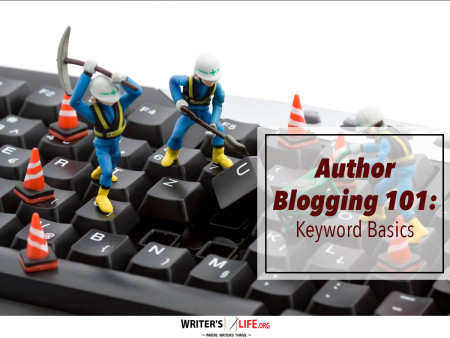- How To Tackle Jealousy In Creative Writing
- Common Submission Mistakes
- How To Stop Your Blog Becoming Boring
- The One Thing Every Successful Writer Has In Common
- How To Make Yourself Aware Of Publishing Scams
- Why Almost ALL Writers Make These Grammar Mistakes At Some Point
- 5 Tips For Authors On How To Deal With Rejection
- Top Mistakes to Avoid When Writing a Novel
- How to Avoid Common New Writer Mistakes
- 10 Mistakes New Fiction Writers Make
How to Write Nonfiction Intros That Build Authority

Creating a nonfiction intro that builds authority can be a game-changer for any writer. It sets the tone, positions you as a credible source, and grabs the reader's attention right from the start. But how do you craft such an intro without making exaggerated claims or unrealistic promises? Let's dive into the art of writing powerful nonfiction intros.
Understanding How to Build Authority in Nonfiction
Building authority through your nonfiction intros requires a blend of knowledge, empathy, and strategic communication. We know a well-crafted intro is the hook that keeps your readers engaged, but it's also your first opportunity to establish yourself as a trustworthy voice. Imagine stepping onto a stage and having only a few seconds to convince an audience why they should listen to you. That's the job of your intro.
Your nonfiction introduction authority is grounded not just in what you say, but how you say it. Clarity, confidence, and relevance are key elements. Your reader should immediately sense that you understand their needs and have the insight or information they crave. This not only builds trust but also sets the pace for a compelling narrative.
Nonfiction Intro Tips: Engage and Establish Trust
To write an effective nonfiction intro, start by asking yourself what the reader wishes to gain from your piece. If you can align their expectations with your insights, you're halfway there. Think of it like aligning puzzle pieces. Every sentence in your intro should contribute directly to painting a larger, attractive picture that proves your worth.
You'll find that nonfiction intros that establish trust do so by addressing common questions or concerns up front. This technique, akin to addressing the elephant in the room, helps assure your reader that they are in the right place. For example, if you're writing about time management, a statement like 'We all struggle to find enough hours in the day' can resonate deeply with your audience.
Want to promote your book after it’s published? Check out our Book Marketing Articles.
Intro Techniques for Nonfiction: Crafting with Precision
One of the most effective nonfiction intro tips is to use a story or anecdote. Humans are wired for storytelling, and using a brief, relevant story in your introduction can immediately draw readers in. This isn't about spinning tales but rather sharing real, relatable experiences that underscore your main point.
According to Wikipedia, narrative techniques in nonfiction help in simplifying complex information, making it digestible for a general audience. This technique, therefore, enhances your nonfiction introduction authority by demonstrating your command of the subject matter in an accessible way.
Another technique is to use statistics or data. A fact-driven opening can lend an air of authority and help your readers understand the importance of your topic. Just remember, statistics should be current and from reputable sources to maintain credibility.
Strengthen Authority with Intros: Building Credibility
So, how exactly do you strengthen authority with intros? One way is through displaying your personal experience or credentials early on. This could be done either directly or subtly, but the intent is to build a bridge of credibility between you and your reader.
A bullet list can also be an effective tool in crafting an intro:
- Highlight key points or benefits early.
- Summarize the core promise of your piece succinctly.
- Pique curiosity without giving everything away.
Each of these points helps keep your reader on the hook, interested in what you'll expand upon further down the line.
Frequently Asked Questions About Nonfiction Intro Authority
Q: How long should a nonfiction intro be?
A: There's no one-size-fits-all answer, but generally, an intro should be long enough to engage the reader yet short enough to maintain interest, usually a few paragraphs.
Q: Can I use quotes in my nonfiction intro?
A: Absolutely! A well-placed quote can immediately lend authority and set the tone for what's to come.
Q: Is it necessary for all nonfiction works to have an authoritative intro?
A: While not mandatory, an authoritative intro can greatly enhance your persuasiveness and credibility with readers.
If you're serious about growing your author career, don't miss out on these free tools and templates built specifically for writers. Access all 7 free resources here.



























